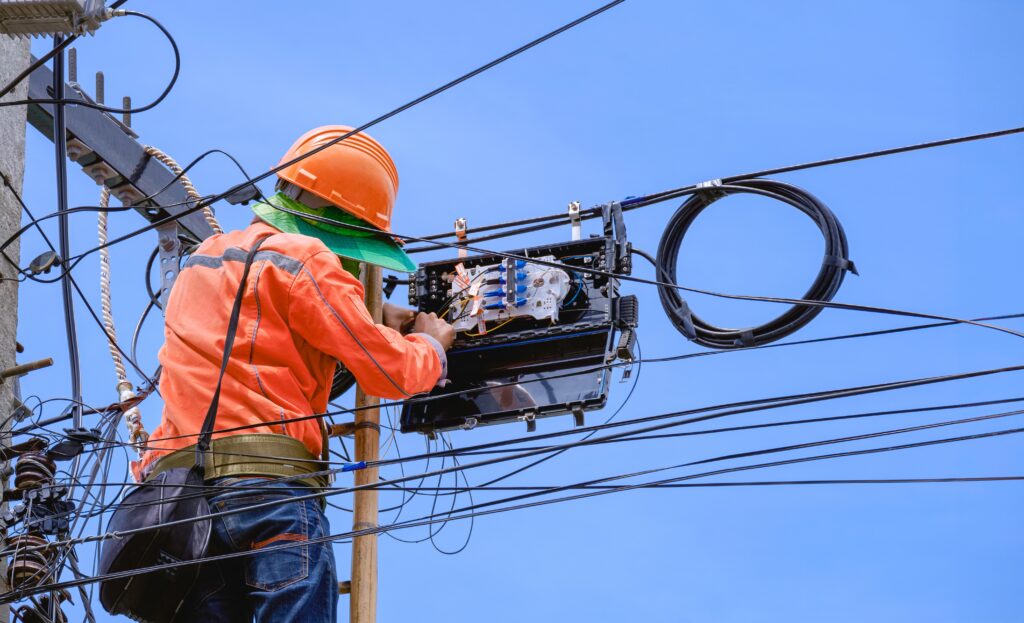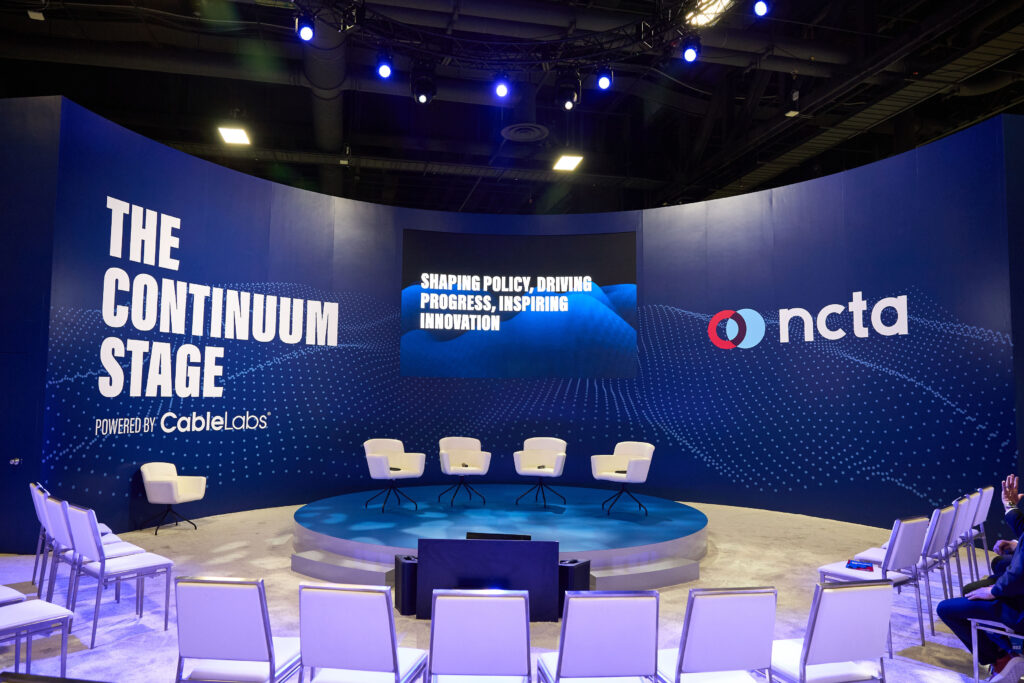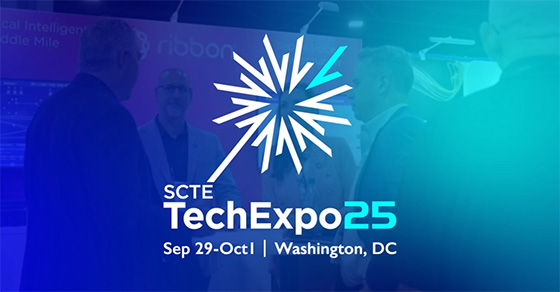Artificial Intelligence (AI) has been a long-standing concept in the technological landscape, but its practical implementation and impact have been transformative in recent years. In the cable industry, AI is revolutionizing operations and service offerings with opportunities for increased network performance, improved efficiency, cost savings, and enhanced customer experiences.
In an interview with NCTA, CableLabs Fellow and Vice President of Next-Gen Systems Dr. Bernardo Huberman shed light on the evolving role of AI and the groundbreaking work being done at CableLabs to harness AI’s potential while acknowledging the challenges in ensuring security and reliability. Dr. Huberman leads AI and quantum networks research at CableLabs—a technology innovation consortium for the cable industry—and offered his insights on how AI is transforming cable broadband networks.
AI has been around for a while, but why is it now on the forefront?
Dr. Huberman: AI has a long history, but machine learning has been the more impactful enabler. The recent explosion of generative AI, for example “ChatGPT,” which refers to large language models like GPT-3, has brought a new wave of interest and promise in AI because such models can accomplish tasks like text auto-completion or even recognize and generate language better than ever before.
What are the key areas where AI is making an impact in the cable industry?
Dr. Huberman: AI has numerous applications in the cable industry. One major area is proactive network maintenance (PNM), where AI systems can monitor and improve network performance, saving costs and optimizing user experiences. Another crucial area is customer service, where chatbots and AI-driven support systems enable the efficient handling of large volumes of inquiries.
Could you provide an example of how AI is revolutionizing cable network management?
Dr. Huberman: At CableLabs we developed a system which leverages machine learning to replace physical network hardware with a software solution. It interprets user inputs and desired outputs and configures the network accordingly, significantly reducing the need for costly hardware and manual intervention. The potential for improved network performance and efficiency is substantial.
What do current AI systems still lack?
Dr. Huberman: Achieving AI systems with human-like common sense remains a challenging problem. AI lacks true intentionality and cannot anticipate future scenarios. While AI can solve specific problems, it cannot grasp the broader context or make complex decisions like humans can. Human involvement will remain crucial for decision-making in many critical domains. In addition, we are heavily focused on driving the increased security and reliability of AI systems, particularly as these systems are incorporated into network operations.
What’s next for AI and how will it continue to transform the industry?
Dr. Huberman: AI has immense potential, and like I mentioned, applications such as proactive network maintenance, network optimization, and customer service automation, offer substantial benefits. However, the challenge of ensuring the security and reliability of AI systems remains paramount. As AI adoption grows, the industry must find a balance between automation and human expertise to foster sustainable and secure growth.








